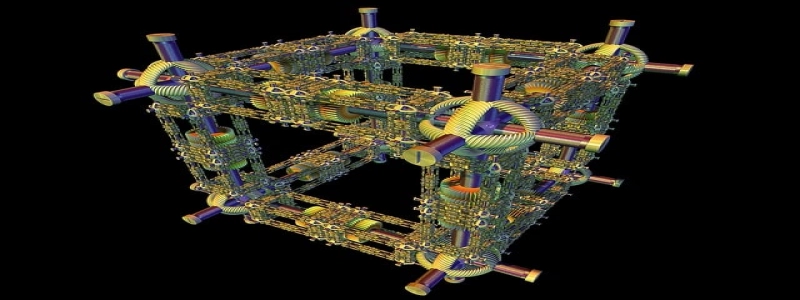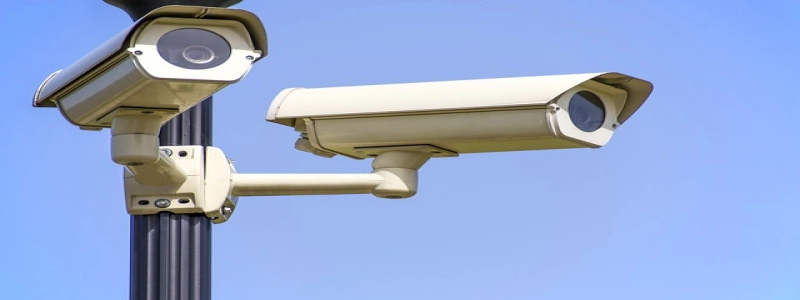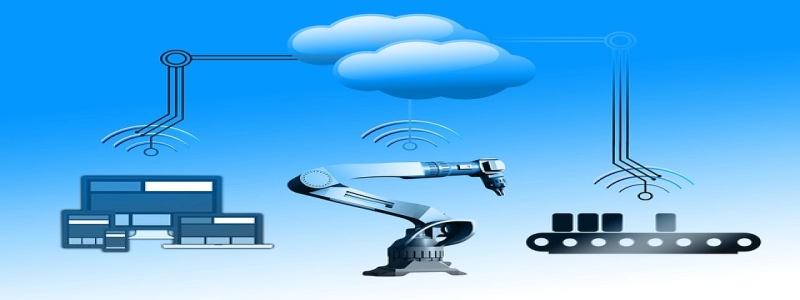Ethernet Layer
Introducere:
The Ethernet layer is an important aspect of networking that operates at the lowest level of the OSI model. It is responsible for the physical transmission of data packets over a local area network (LAN). În acest articol, we will delve deeper into the Ethernet layer, exploring its functions, protocols, and key concepts.
eu. The Basics of Ethernet:
The Ethernet layer is primarily concerned with the communication between devices within a LAN. It handles tasks such as data transmission, error detection, and collision handling. Ethernet networks use a star topology, where multiple devices connect to a central switch or hub.
II. Ethernet Protocols:
1. Ethernet Frame:
The Ethernet layer encapsulates data into frames for transmission. Each frame consists of a header and a payload. The header contains source and destination MAC addresses, while the payload carries the actual data.
2. Address Resolution Protocol (ARP):
ARP is a protocol used to map an IP address to a MAC address. When a device wants to send data to another device within the same network, it uses ARP to determine the MAC address associated with the IP address.
3. Spanning Tree Protocol (STP):
STP is a protocol that prevents loops in Ethernet networks. It establishes a logical spanning tree by designating one switch as the root bridge and placing other switches in forwarding or blocking states. This prevents the broadcast storms that can occur when loops are present.
III. Ethernet Technologies:
1. Ethernet Cables:
Ethernet networks use different types of cables, such as twisted pair cables (e.g., Cat5e, Cat6) and fiber optic cables. These cables transmit data using electrical signals (twisted pairs) or light signals (fiber optics).
2. Ethernet Switches:
Switches are essential devices in Ethernet networks. They receive incoming data frames and forward them to the appropriate destination based on the MAC address. Switches improve network performance by reducing collisions and providing dedicated bandwidth to connected devices.
3. Ethernet Speeds:
Ethernet networks can operate at different speeds, commonly known as Ethernet speeds. These speeds include 10 Mbps (Ethernet), 100 Mbps (Fast Ethernet), 1 Gbps (Gigabit Ethernet), 10 Gbps (10 Gigabit Ethernet), and higher. Higher speeds allow for faster data transmission.
IV. Common Ethernet Issues:
1. Collisions:
Collisions occur when two or more devices attempt to transmit data simultaneously, resulting in data loss and network congestion. Ethernet uses a collision detection mechanism to handle such situations.
2. Ethernet Frame Errors:
Errors can occur during the transmission of Ethernet frames due to noise or interference. To ensure data integrity, error detection mechanisms like cyclic redundancy check (CRC) are used.
3. Ethernet Cable Length Limitations:
Ethernet cables have a maximum length beyond which signal degradation occurs. For example, Cat5e cables should not exceed 100 meters in length. To cover larger distances, devices like repeaters or switches are used to regenerate signals.
Concluzie:
The Ethernet layer plays a critical role in networking by facilitating the transmission of data packets within a LAN. Understanding its functions, protocols, and technologies is essential for troubleshooting network issues and optimizing network performance. By mastering the intricacies of the Ethernet layer, network administrators can ensure smooth and efficient data communication in their LAN environments.








